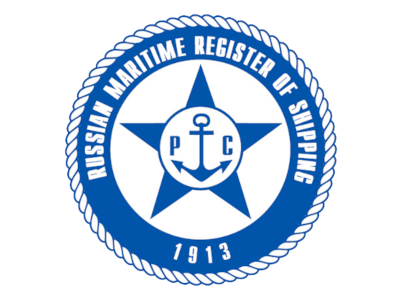Rules of Russian Classification Society
The Russian Maritime Register of Shipping (RMRS) is the authoritative Russian classification society for ships and offshore structures. Its "Rules for Classification and Construction of Steel Ships" establish systematic and stringent technical requirements for marine steel, particularly steel plates
The Russian Maritime Register of Shipping (RMRS) is the authoritative Russian classification society for ships and offshore structures. Its "Rules for Classification and Construction of Steel Ships" establish systematic and stringent technical requirements for marine steel, particularly steel plates, to ensure the safety, reliability, and durability of ship structures.
Regarding material specifications, RMRS categorizes hull structural steel into ordinary strength grades (A, B, D, E) and higher strength grades (AH32, AH36, AH40, DH32, DH36, DH40, EH32, EH36, EH40, etc.), depending on the importance, stress conditions, and operating environment of the structural components. Each grade corresponds to specific requirements for chemical composition, mechanical properties, and impact toughness. For example, high-strength steels control carbon equivalent (Ceq) to ensure weldability, while also limiting harmful elements such as sulfur and phosphorus to enhance steel purity and crack resistance.
Mechanical properties are central to RMRS plate requirements. The rules specify yield strength, tensile strength, elongation, and Charpy V-notch impact energy (KV2) at both room temperature and low temperatures (e.g., 0°C, -20°C, -40°C). For vessels operating in cold regions, plates used in critical areas must pass rigorous low-temperature impact tests to prevent brittle fracture.
Furthermore, RMRS details requirements for manufacturing processes, surface quality, dimensional tolerances, and non-destructive testing (e.g., ultrasonic testing). Plates must undergo factory inspection by RMRS surveyors during production (WITNESS) and be accompanied by material certification. All plates used in primary ship structures must be fully traceable, ensuring quality control throughout the production chain from steelmaking to final product.
In summary, RMRS standards ensure the long-term safety and performance of marine steel plates in demanding maritime environments through scientific grading, strict performance criteria, and comprehensive quality control.
Official website: https://rs-class.org


